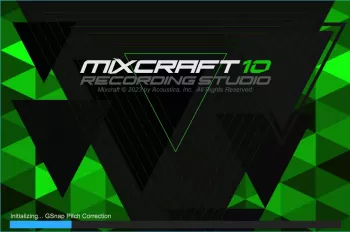
A media library that enables you to play and organize your music collection, as well as sort it and create personalized playlists. Your music collection is always growing and changing, especially if you like to keep track with a variety of artists and their newest albums. The drawback of staying up-to-date with the newest releases is the fact that your library might get cluttered and unordered if you do not constantly rearrange it according to your preferences.
How well organized is your music Library? Are your artists always spelled the same way? Any R.E.M. vs REM? beaTunes can easily fix this and other problems with its unique inspection feature (license required for applying one-click solutions). Could your last mix CD’s song order use some improvement? Let beaTunes re-arrange your playlist for you! Always wondered how you could take advantage of the BPM (beats per minute) field? Let beaTunes fill in the blanks and help you while DJ’ing at your next party.
Here are some more examples of what you can do with beaTunes:
– Navigate in songs semantically, i.e., segment to segment.
– Automatically determine BPM (beats per minute).
– Automatically determine the musical key your songs are in.
– Sort existing playlists so that matching songs succeed each other.
– Create matchlists, i.e., playlists based on one or more sample songs.
– Browse songs from your music collection that match the currently selected song.
– Find all songs iTunes marks with an exclamation mark and remove them from the library.
– Find duplicates via acoustic fingerprinting.
Among other things, today’s update fixes a couple of display issues. If you have ever seen blank lines in the main song table—this update is for you. In general, beaTunes will feel a little faster and scrolling around in huge lists should be more responsive. Also related to graphics: the choice of GPU (graphics adapter) on OS X. There really is no reason why beaTunes should use the high performance GPU. Thanks to a recent Java update (8u92), beaTunes is now able to request the integrated GPU instead of the high performance one, resulting in lower power consumption. And as beaTunes comes bundled with a Java runtime, there is no need for you to update your system’s Java to get this feature.
Another important bug fix deals with Album Replay Gain. Because the beaTunes analysis queue processes multiple tracks in parallel and independently, computing Album Replay Gain is a little like dealing with a pink, spotted elephant: All tracks for an album have to be loaded, analyzed and the metadata has to be written, while another analysis thread may already work on one of those files. Compared to all other values beaTunes computes, this is a big exception and requires some extra synchronization logic. For 4.6.1, this logic has been completely rewritten.




![PolyNome THE Metronome v24.08.1 iPhone iPad iPod Touch [iOS]](http://0daydown.top/wp-content/uploads/2024/08/1723558771084_副本.jpg)
![radio.net PRIME v5.14.0.14-app (Paid) APK Android/ iPhone iPad iPod Touch [iOS]](http://0daydown.top/wp-content/uploads/2024/08/1723558736799_副本.jpg)